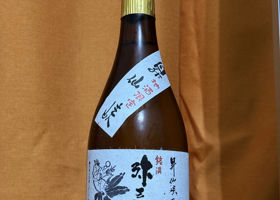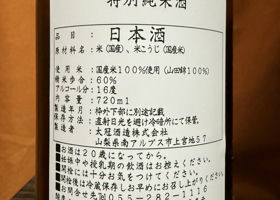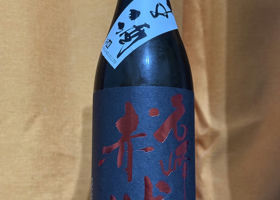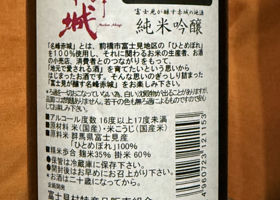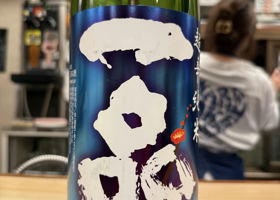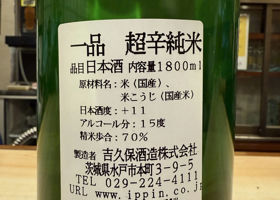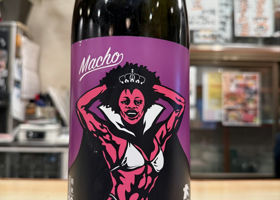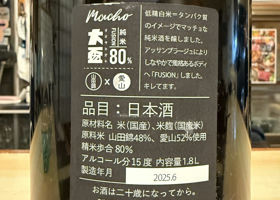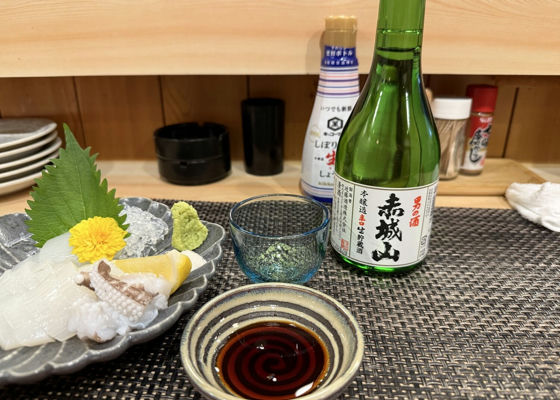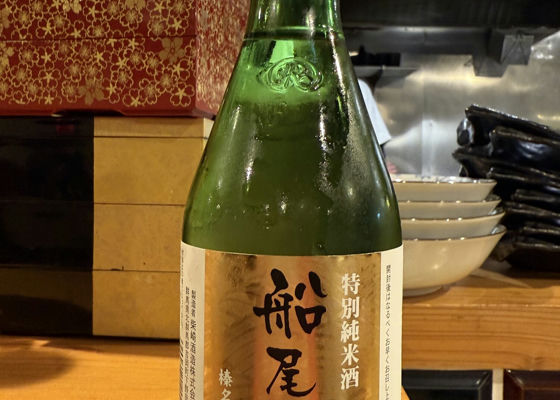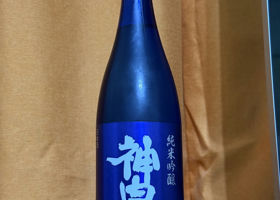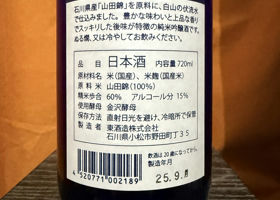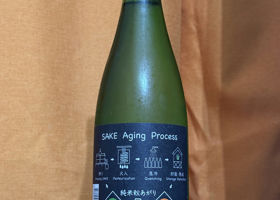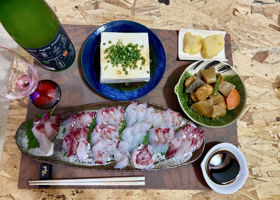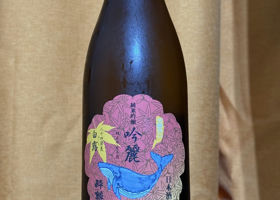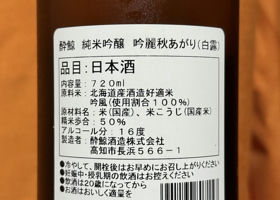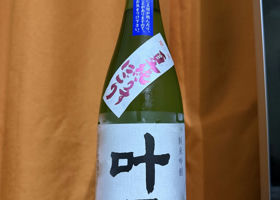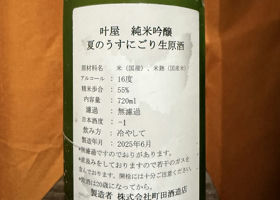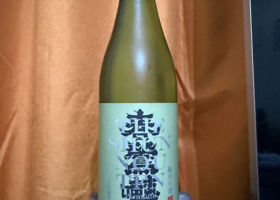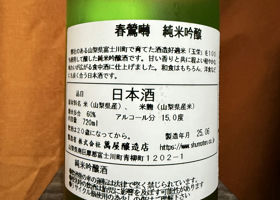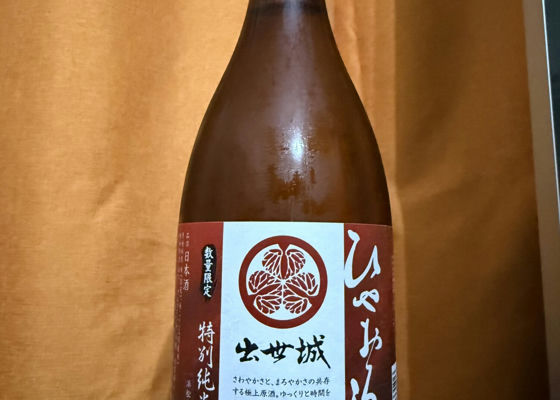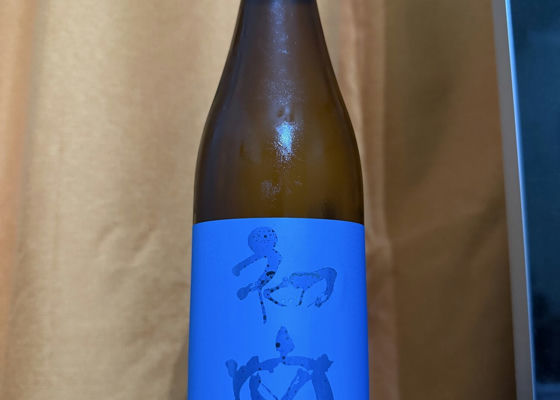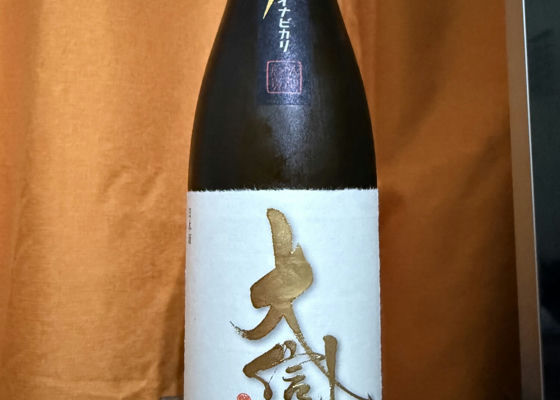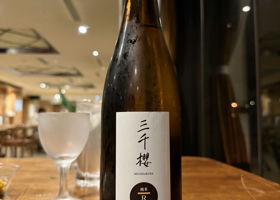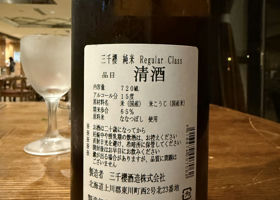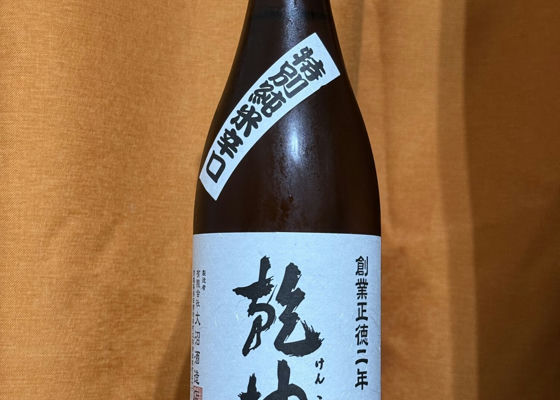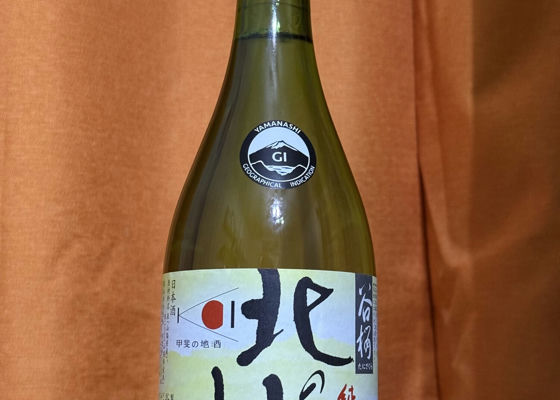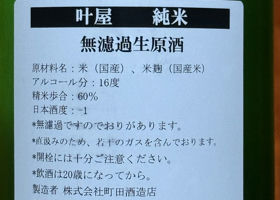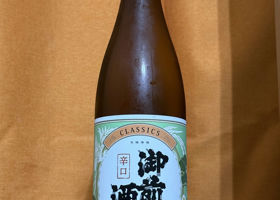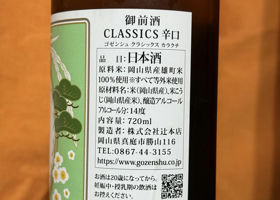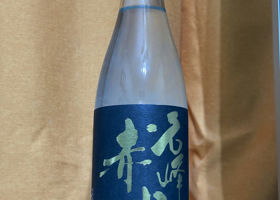
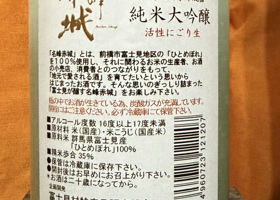
なまころ
I bought it because it was a Junmai Daiginjo sparkling nigori sake, which is rare. The bottle was labeled with a warning to open the bottle (⚠️), so we nervously opened the bottle.
First, I drank the top part of the bottle, which was close to the supernatant liquid, and found the sweetness and rich umami that can only be found in nama-shu, which was pleasantly balanced by the acidity, which was not too strong or weak, and the carbonation.
However, as with the Meiho Akagi Special Junmai, there was no aftertaste or sharpness, and the impression was that it faded away in the latter half of the bottle.
After drinking it for a while, the fullness of the flavor increases and the sense of clarity disappears when the bottle is turned to muddy it.
The impression is quite different from the lackluster aftertaste of the "Meiho Akagi Special Junmai" sake, and I found it to be delicious from the first sip to the last.
Japanese>English
